Interior Design for Retail Spaces: Attracting Customers
Retail interior design plays a vital role in creating an inviting and engaging environment that not only attracts customers but also encourages them to explore, stay longer, and make purchases. The right design strategy can transform any retail space into a visually appealing and functional area that aligns with the brand’s identity and enhances the overall shopping experience.
In this blog, we explore essential aspects of retail interior design and practical ideas to help you create a retail space that captivates your customers.
Why Retail Interior Design Matters
The design of a retail space directly impacts customer behavior and sales. A well-designed store can:
Boost Foot Traffic: Attractive exteriors and interiors draw customers into the store.
Enhance Brand Identity: A cohesive design reflects your brand’s values and personality.
Influence Purchase Decisions: Strategic layouts and displays guide customers toward products.
Improve Customer Experience: A comfortable and organized space makes shopping enjoyable.
Example:
Think about global brands like Apple and Zara. Their stores are meticulously designed to reflect their modern and premium brand image, which appeals to their target audience.
Key Elements of Retail Interior Design
1. Store Layout
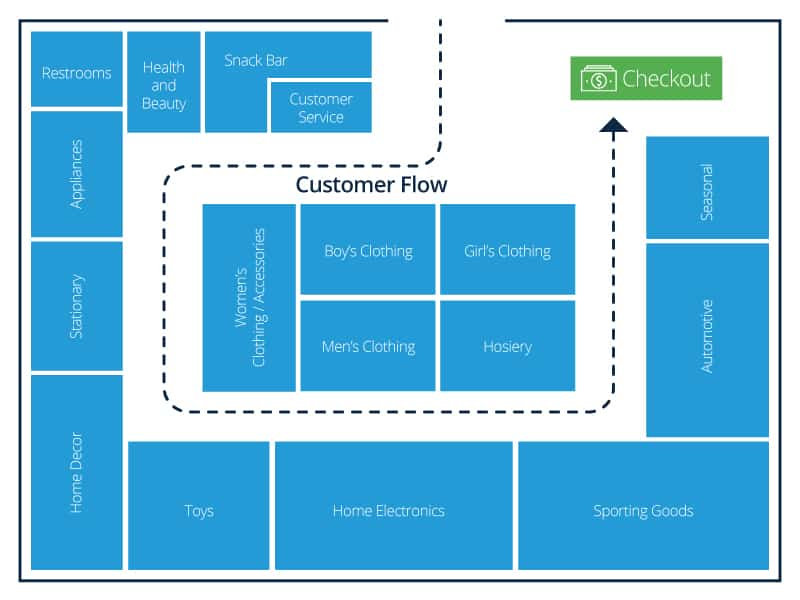
The layout of your retail space is the foundation of its design. Choose a layout that suits your store size, type, and customer flow:
Grid Layout: Common in supermarkets, it organizes products systematically.
Free-Flow Layout: Encourages customers to browse freely, ideal for boutique stores.
Loop Layout: Creates a pathway for customers to explore all sections of the store.
Tip:
Place high-demand or seasonal products near the entrance to grab attention and guide customers deeper into the store.
2. Lighting Design
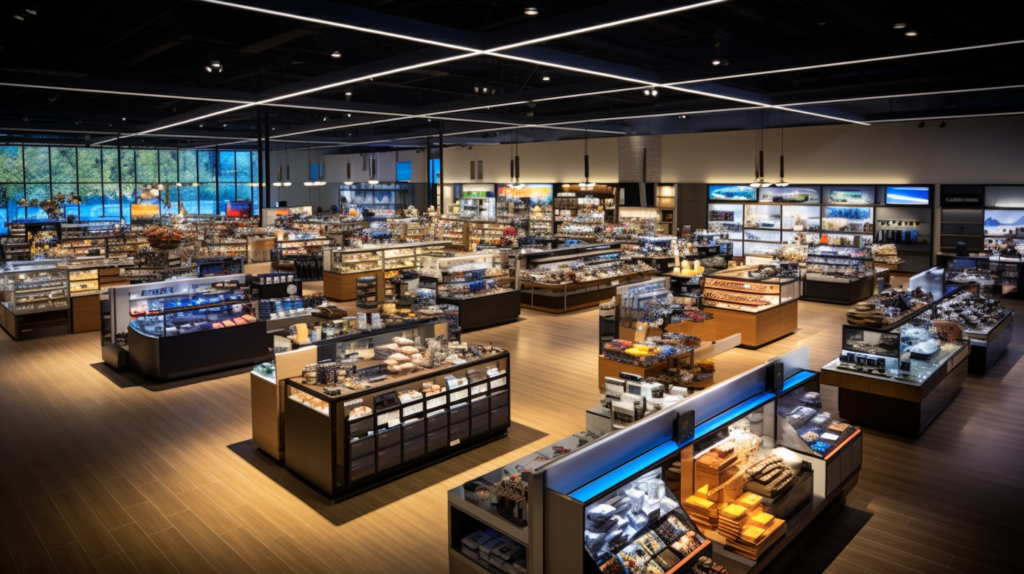
Lighting can create the right ambiance and highlight specific products. Use a combination of:
Ambient Lighting: Ensures overall visibility.
Accent Lighting: Focuses on featured products or displays.
Task Lighting: Provides illumination for specific activities like billing.
Example:
Jewelry stores often use warm, focused lighting to enhance the sparkle of their products and create a luxurious feel.
3. Color Scheme

Colors evoke emotions and influence customer behavior. Choose colors that align with your brand and create the desired atmosphere:
Bright Colors: Energizing and attention-grabbing.
Neutral Colors: Sophisticated and calming.
Brand Colors: Reinforce your brand identity.
Tip:
Incorporate pops of color in signage or display areas to draw attention to promotions or new arrivals.
4. Product Displays

Effective product displays entice customers to engage with your merchandise. Use:
Mannequins: For showcasing fashion or accessories.
Feature Walls: To highlight bestsellers or new collections.
Interactive Displays: Allow customers to try or experience products.
Example:
Cosmetic brands like Sephora use interactive displays where customers can test products, creating a hands-on shopping experience.
5. Furniture and Fixtures
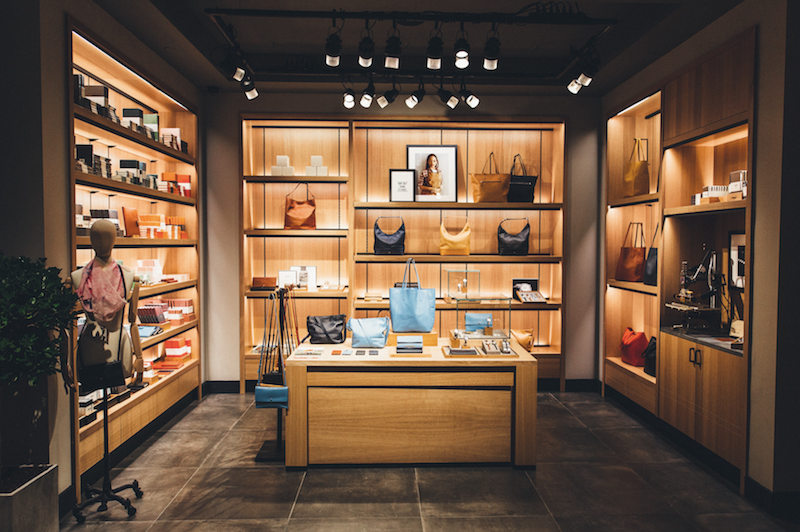
Choose furniture and fixtures that complement your store’s aesthetic while being functional. Opt for modular or flexible fixtures that can be rearranged for seasonal changes or promotions.
Tip:
Ensure furniture does not overcrowd the space, allowing for smooth customer movement.
6. Signage and Branding
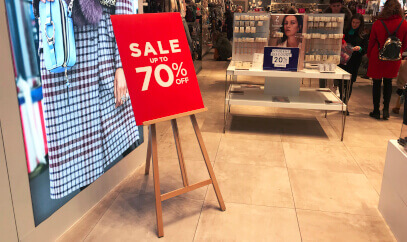
Clear and attractive signage enhances navigation and promotes your brand. Use:
Directional Signs: Help customers locate sections.
Promotional Signs: Highlight offers or discounts.
Digital Screens: Showcase dynamic content like videos or ads.
Example:
Nike stores often use bold branding and digital displays to engage customers and reinforce their sporty image.
7. Checkout Area
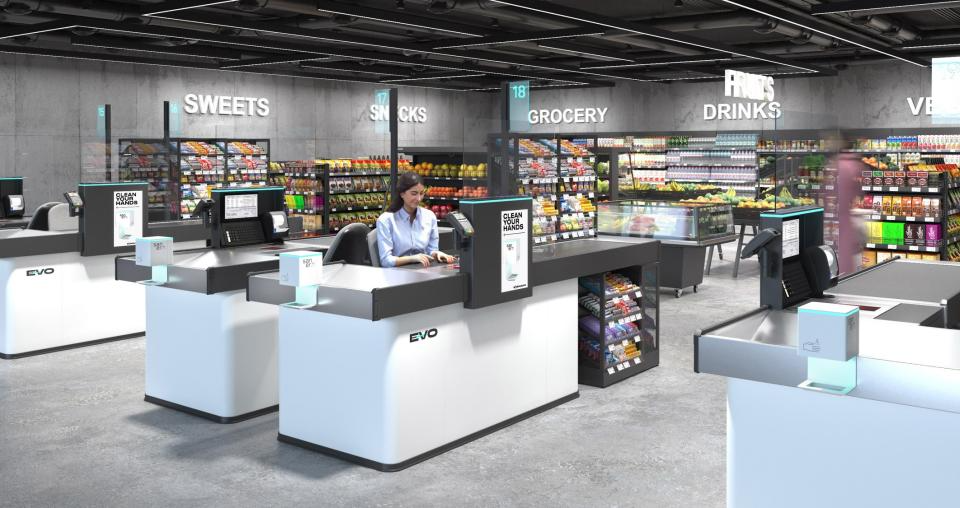
The checkout counter is the final touchpoint in your customer’s journey. Design it to be efficient and inviting, with space for impulse purchases like small items or snacks.
Tip:
Add a personal touch by using branded packaging or thank-you notes at checkout.
Trends in Retail Interior Design
Stay ahead of the competition by incorporating modern trends into your retail space:
1. Sustainability
Use eco-friendly materials like reclaimed wood, bamboo, or energy-efficient lighting to appeal to environmentally conscious customers.
2. Technology Integration
Incorporate smart mirrors, self-checkout kiosks, or mobile payment systems to enhance convenience.
3. Experience-Based Design
Create immersive experiences, such as in-store workshops or themed zones, to engage customers.
Example:
Bookstores like Barnes & Noble include cozy reading corners and coffee shops, encouraging customers to stay longer.
Final Thoughts
A well-executed retail interior design can make a lasting impression on customers and drive sales. By focusing on layout, lighting, color schemes, and modern trends, you can create a retail space that not only attracts customers but also keeps them coming back. Start designing your dream retail space today and see the difference it makes!